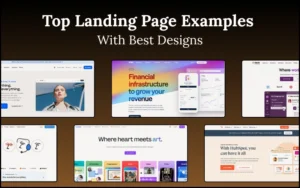Once a designer finishes his studies and starts experiencing the struggles of the real world, he realizes that communicating with clients can easily become the toughest challenge of his profession. In fact, he might be required to discard his teachers’ advice to treat clients with discernment and respect, just because there are clients that distort his image of a perfect career. We all had one of those ‘awakenings’, didn’t we? And so, we want to know how to avoid bad clients.
Clients are just… unpredictable. They will either chase personal ideals, or push you because they cope with a lot of pressure and financial restrictions. Therefore, neglect their utmost excitement and the piles of possibilities they offer, and think about whether you should really work for them.
Terrible clients can really make life impossible: they ask for unfeasible solutions; delay or avoid payments; or are simply never satisfied with your work. They usually know nothing about design, but they try to push millions of changes ahead, where designers are the one and only victims.
It’s also not rare for them to ask for something that exceeds the budget; or even involves legal fees. What we certainly know is that with such a client ‘around your neck’, you’ll become much more careful who you’re picking next time. Even when they pay a lot, avoiding bad clients will save you much more time, money, and nerves; than trying to keep them on board at any price.
Carve a niche for yourself by exploring these lucrative web design business ideas.
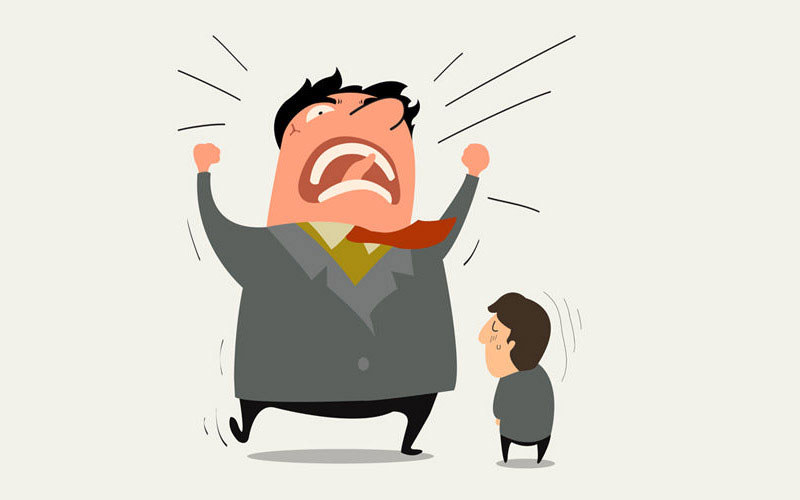
Table of contents
How To Avoid Bad Clients Who Expect More For Less
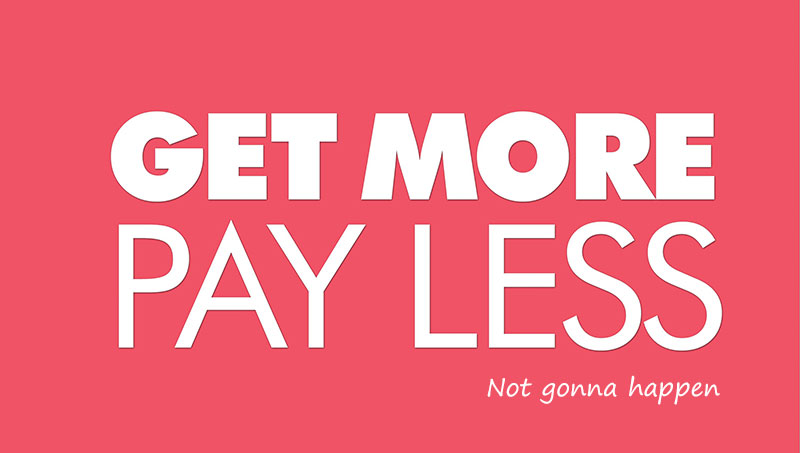
Did it happen to you to work for a client that wants a Ferrari 250, but pays for a second-hand Lancia? Sure you did!
Didn’t you feel tempted to remind them that you’re not a charity agency, but a freelance designer trying to make a living?
Budget struggles are the first indicator that you’re dealing with a bad client, one that could even be disrespectful if that lowers his expenses. In the slightest, it would mean you’re dealing with someone who doesn’t really know the value of your work, and he doesn’t appreciate it.
These clients also happen to refuse making deposits; or they even require you to sign specific payment clauses promising ‘miracles’ (for instance, to return their money if the website fails to attract the traffic they expect).
Here comes some advice: Budget and payment issues are the most important aspect of your work. Therefore, they are the first things to discuss with a client. The ‘money talk’ will show you whether you’re on the same page; and it will expose the real direction your relationship could move in. Failing to do it will almost certainly lead to disagreements, where you end up doing more work for less money, afraid to be replaced.
Also read: How To Handle A Web Design Client With A Small Budget
The micromanager
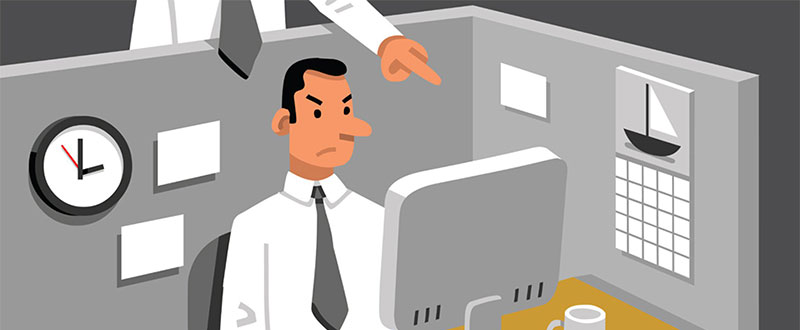
The reason why companies hire designers is that they need a graphic professional to increase the profitability of their businesses, websites, or entire brands. Those among them who really care about the result will look for a professional, pay as much as necessary, and appreciate quality work.
Big companies, however, make people think nothing really depends on them. As a result, they need to be reminded of the goal and purpose of hiring a designer. Believe it or not, reminding them in a strict, yet polite way will make them sit and rethink their projects.
What you need to do, is to find clients that trust you. Without trust, clients tend to become anxious, and to treat every delay as a serious problem which can cause them to start micromanaging.
Also read: Tips For Educating Your Web Design Clients
How To Avoid Bad Clients Who Are Broke

They might promise rainbows and butterflies, but the truth is, you never know what you are about to get. As honest as they seem to you, they are likely to adjust payment terms, both in terms of timing and calculation.
Therefore, check whether they could actually pay you. Pay special attention to those offering payment only after they get paid. Taking over such project is at your own risk, and you should always ask them to deposit funds before you start working. If they don’t do it, it is very likely they are about to trick you.
Also read: Freelance Design: Client Types & How to Work with Them
The indecisive one
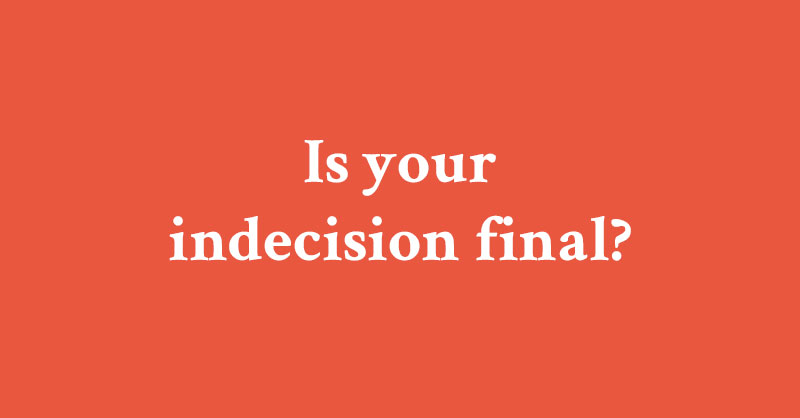
What we mean by an indecisive client is a person who is simply unable to communicate and be clear on what he wants. Your first encounter was pleasant, and you thought they were the right clients for you, but you found yourself hitting your head against the wall just after you started discussing their ideas.
The first thing you discovered is that they know nothing about design, but expect you to do ‘miracles’ that would leave them breathless. ‘I want it to be shiny’ is only one of the sentences that could remind you you’re dealing with such client.
How To Avoid Bad Clients Who Don’t Want To Pay
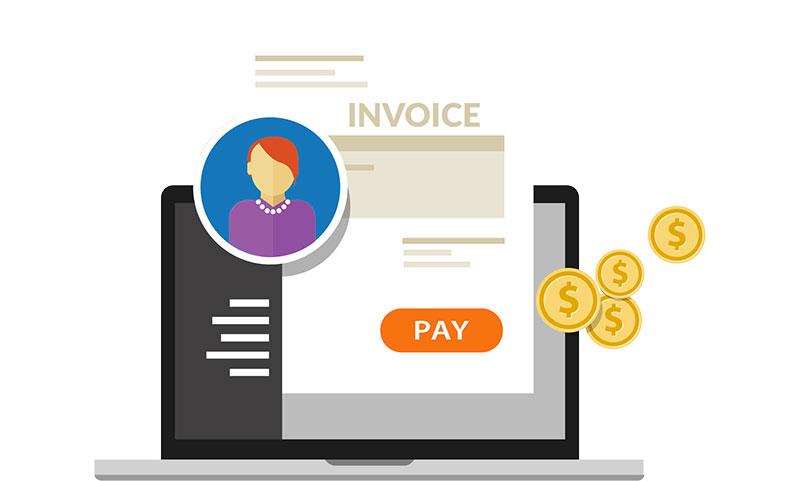
The only worse thing than a client, who cannot afford to pay, is a client who doesn’t want to pay. It is either because they want to appear more powerful, or because they live under the misconception that tricking people is a part of their job. Unfortunately, almost every designer goes through this ‘painful encounter’ before he realizes he should pick clients carefully.
How could you notice that your client is one of them? To start with, he would change payment terms constantly, or refuse to sign a formal contract which obliged him to remunerate your work. If you feel insecure, don’t deliver your work until full payment has been made. Some states, in fact, go as far as to protect remuneration for intellectual property by law.
Also read: Easy Steps to Limit Your Client Revisions
How To Avoid Bad Clients That Contact You All The Time
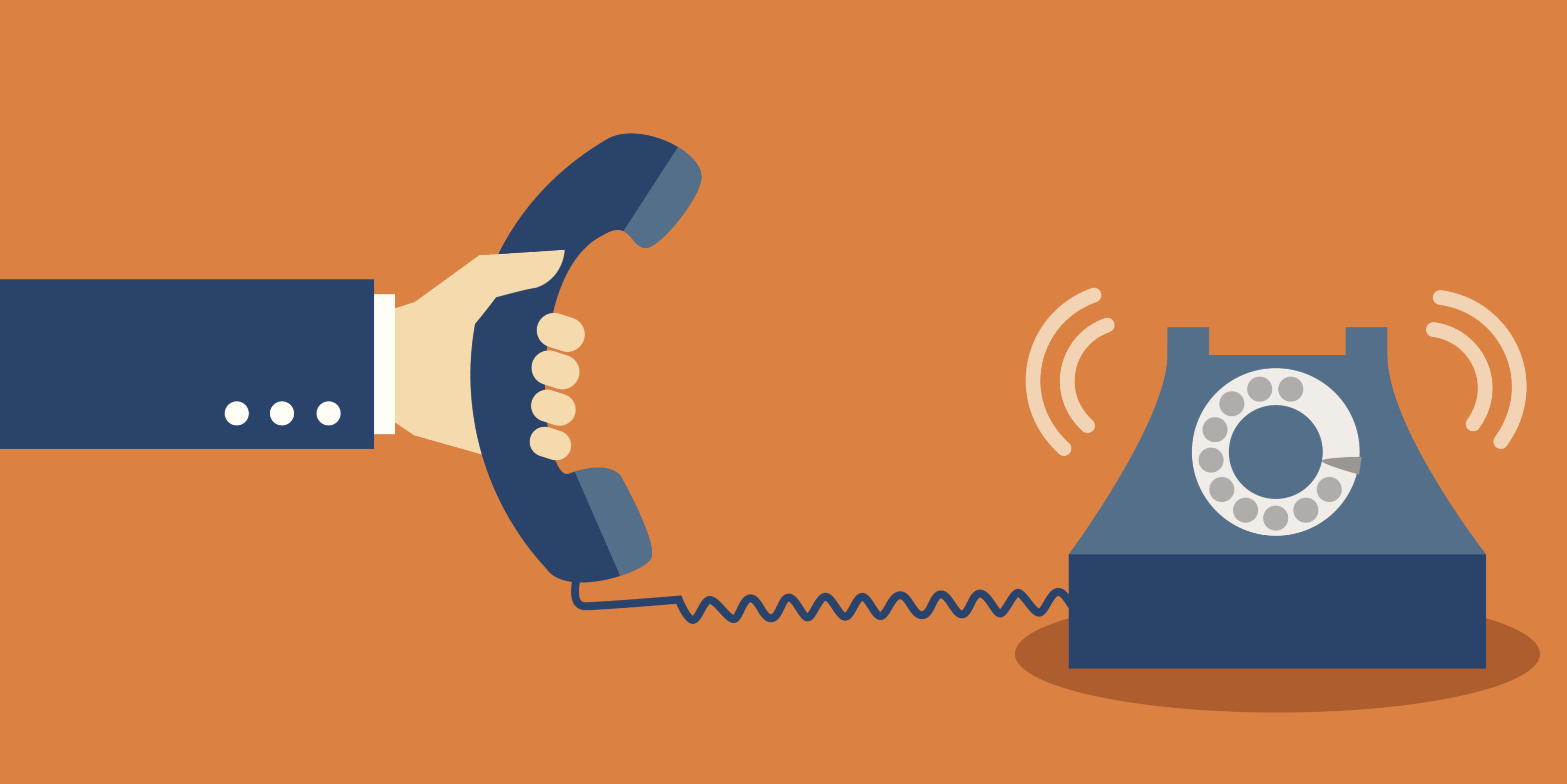
Whilst it’s perfectly understandable for a client to check on your work, or at least to ask how it is going, there are such that control you just in order to find a mistake.
While you’re responding kindly, believing they really want to be familiar with the process, they are either determined to discard your work, or they show an incredible amount of mistrust that it’s almost disrespectful. Meeting with them instead of working is no good, so think whether you really need to take over their project.
Also read: How to Create a Timeless Logo Design for Your Client
The one you don’t see
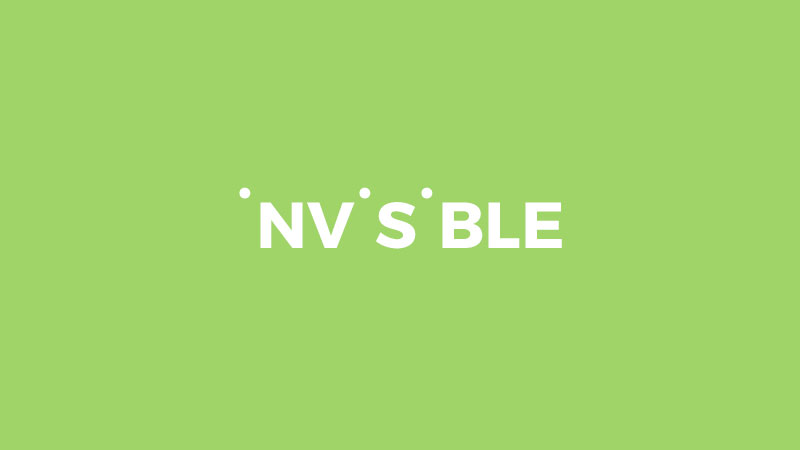
Design, as it is today, rarely enables designers to meet clients face to face, and to discuss details in person. There are both pros and cons to this approach: while designers find it awesome to chat for few minutes, receive a brief description, and jump on the task; clients tend to become even more difficult on the other side of the connection.
A client whom you’ve never met can be a worse nightmare than the regular ones. The reason is that you’re both missing on many specific interactions, and body language points that build a trustful and reliable relationship. Meeting clients is really essential for business.
However, it is a type of ‘chemistry’ that virtual workers need to forget about. Video calls can really help, but it cannot substitute meeting your client live. Therefore, don’t take too long virtual projects, and don’t get involved in long term relationships without understanding whether your client’s personality goes beyond your level of tolerance.
Stay prepared for the worst

Don’t complain on your negative experiences, but learn from them: the truth is you’ve been lucky to meet nightmare clients, so that you could learn important lessons (including how to deal with bad clients and the good ones as well). Let’s say you became well-prepared for some bad and unexpected ‘client wisdom’.
Before you take over a project, think about the contract. This is what it should include:
- A description of the project
- Deadlines and delivery clauses
- A description of your duties and services
- Details on revision and additional work
- Details on the payment (both in upfront and cancellation terms).
As good as a project may be you’re not supposed to tolerate an annoying client. You are absolutely free to refuse a job that wastes your time and your energy. With time, you’ll become instinctive, and you’ll simply know whether to sign a contract or not. For now, you need to remember that you have a right to choose, and unless you’re hitting off and need the money badly, choose clients that are equally professional as you are.
Also read: The Most Ridiculous Things Client Said to A Graphic Designer
Final thoughts
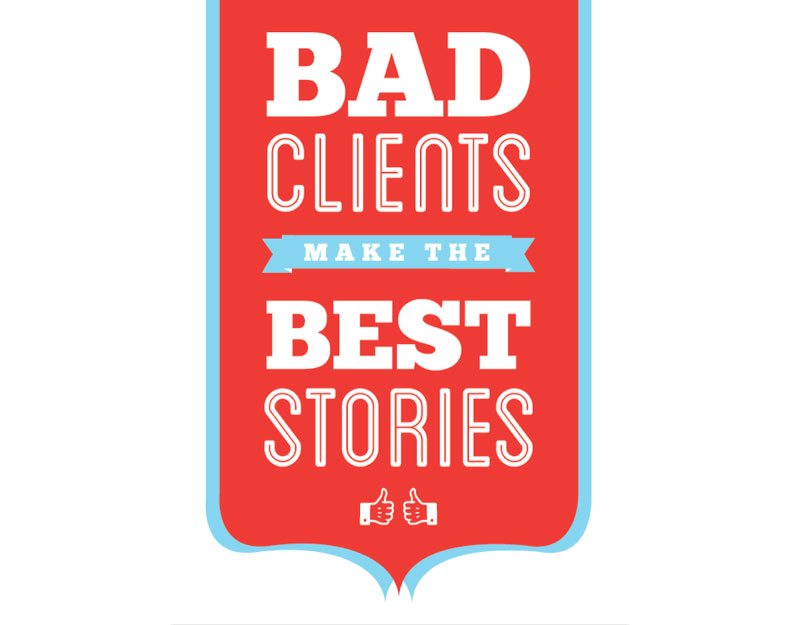
You cannot always avoid bad clients, especially if you need money, and you have no choice but to cope with their temper. Still, there are ‘red flags’ that really insinuate something is wrong, and you should pay attention to them before falling in the ‘unpaid trap’. Even if you happen to have a bad experience, think of it as something that taught you how to pick clients wisely.
A good client is not difficult to recognize: he appreciates your knowledge and your time; responds on every question/concern you might have; and is never late with his payments. Good clients are also those who have realistic expectations from your work; and are not asking you to achieve ‘miracles’ they know nothing about.
Like this post? Check out more amazing web design content here.


